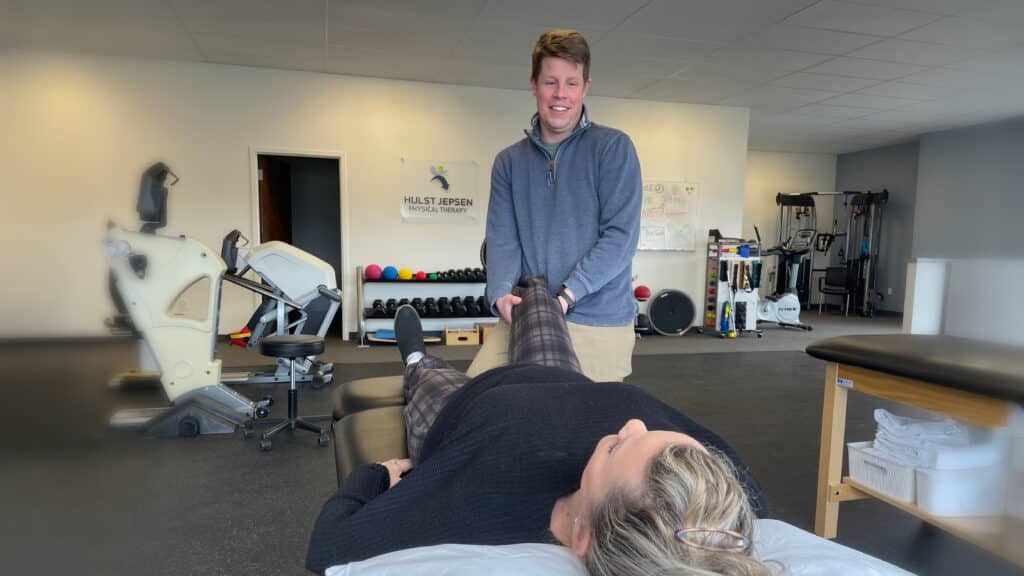Continuity of Care

Why Continuity of Care Matters
The world of physical therapy is an evolving field of work, just like so many others out there. Like most things in life, this is both positive and negative. I think we would all agree that change typically means progress, leading us down paths of learning, growing, and hopefully becoming better individuals so we can care for and better serve our communities. But what if change succumbs to the pressures of business? What if change ignores what is best for our communities, patients, and clinicians? Unfortunately, we see this occurring in physical therapy regarding continuity of care. So, what do I mean by continuity of care?
Why Seeing the Same Therapist Matters More Than You Think
To illustrate the point, let’s use an example. Imagine you’ve been diagnosed with right knee pain and your doctor recommends physical therapy. Being new to this, you find the closest provider online and schedule an evaluation. Your first session with Therapist A is excellent, leaving you looking forward to your next appointment. However, during your follow-up, you’re treated by Therapist B, who has a different approach. While the treatment is adequate, you miss Therapist A’s method and anticipate your next visit with them. To your dismay, on your third visit, you’re assigned to Therapist C, marking your third clinician in as many appointments. The inconsistency in treatment leaves you dissatisfied and, worse, your knee isn’t getting any better. This scenario is a common example of the lack of continuity in care, and unfortunately becoming more and more common practice. However, there is another way.
Building Trust and Improving Outcomes
Consider the scenario where Therapist A, who evaluated your knee, is also the one who oversees and administers your entire care plan. A retrospective cohort study by Magel et al. on patients with low back pain revealed that “…greater continuity of the physical therapy provider seems to correlate with a reduced likelihood of surgical intervention for low back pain and lower associated healthcare costs” (1). At Hulst Jepsen, we prioritize proper continuity of care in treating our patients. From my professional experience, I’ve observed that both patients and clinicians place high value on consistent care, as it leads to improved outcomes, fosters a deeper understanding and connection with the patient, and ultimately strengthens community ties. When someone recommends physical therapy or asks for your recommendation of a physical therapist, ideally, we want you to have someone specific in mind, maybe in the same way you might think of your primary physician. And if you’ve never had physical therapy before, we want you to know that at Hulst Jepsen, part of our aim is to help create this positive experience with excellent continuity of care. While perfect continuity is sometimes unattainable due to vacations, illnesses, or unforeseen personal matters, the ideal is a world where patients consistently see their designated physical therapist—a world where I choose to work and believe our patients prefer to receive treatment.
Hulst Jepsen Physical Therapy is here to help if you are experiencing pain or injury that limits or hinders your ability to live the life you wish to live. Feel free to call 616.256.8679 or reach out to any of our locations to see how we can help, getting you set up with a physical therapist who will take the time to listen to get you back on track.
Source:
Associations Between Physical Therapy Continuity of Care and Health Care Utilization and Costs in Patients With Low Back Pain: A Retrospective Cohort Study – PubMed (nih.gov)
